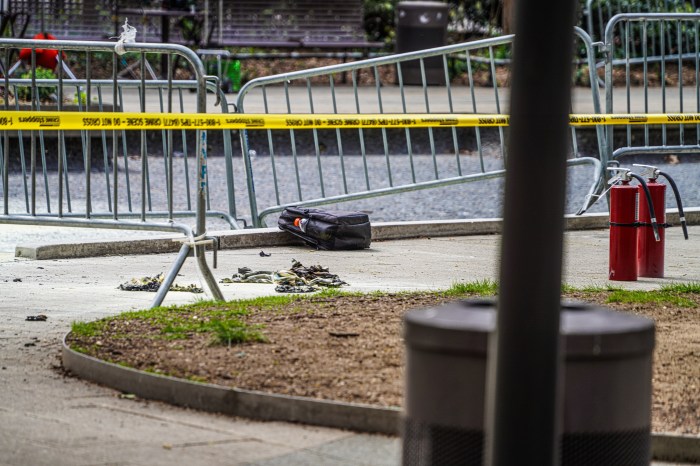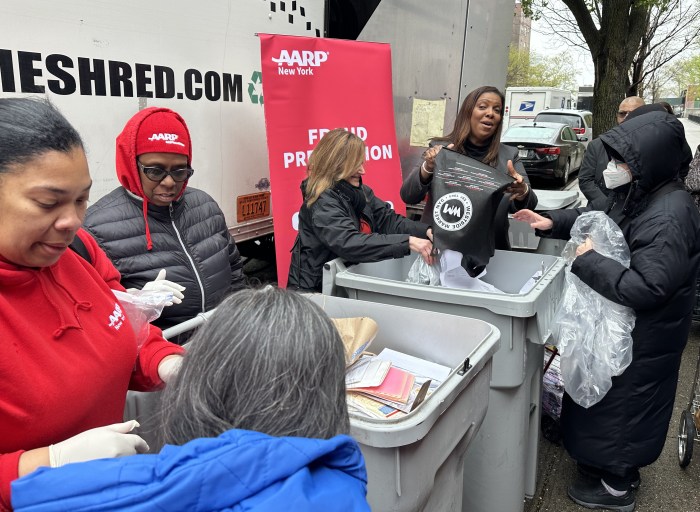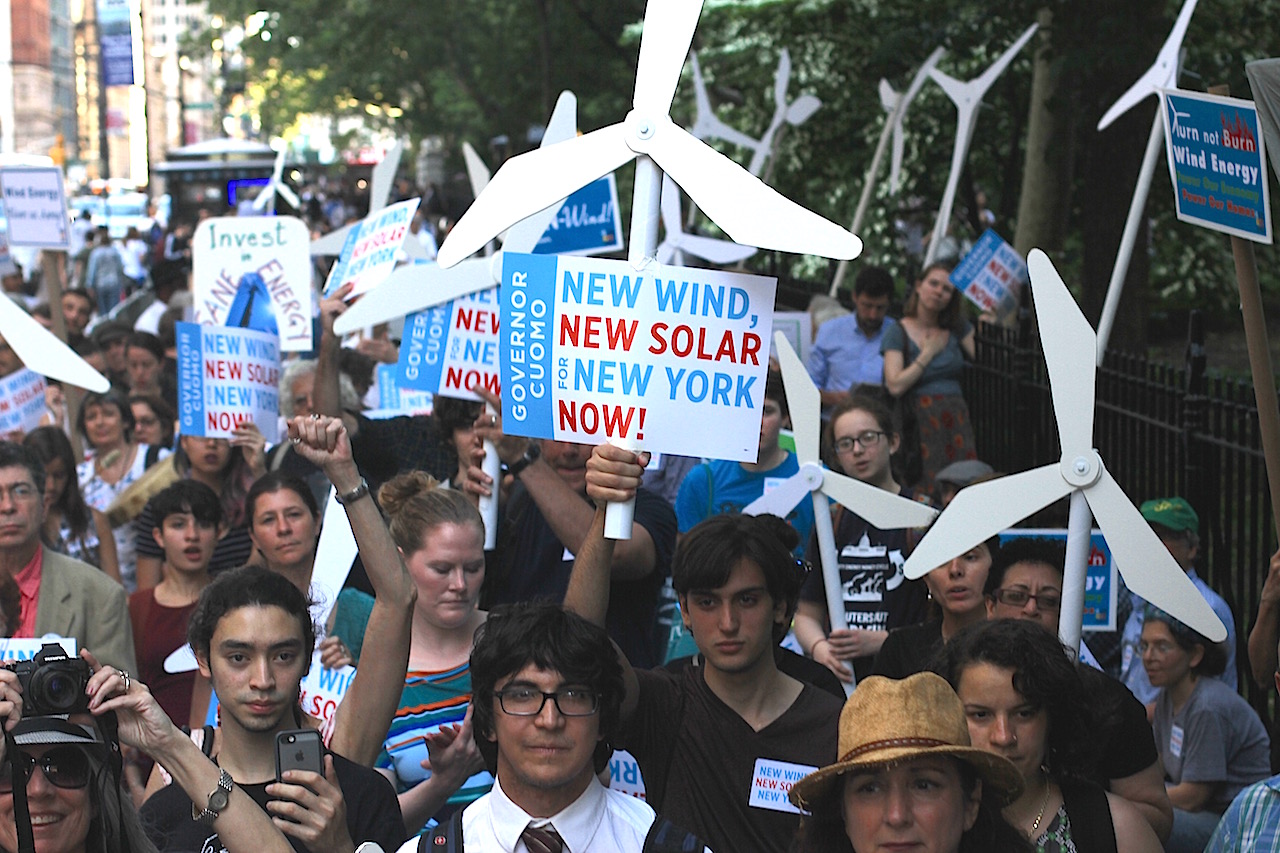
BY PAUL DeRIENZO | It’s been a busy season for environmental activists in New York City.
Last week, an “emergency petition” and legal action was filed with the Nuclear Regulatory Commission by environmental watchdog group Friends of the Earth to prohibit the restart of Indian Point Unit 2. That reactor was shut down after a control-rod failure last December. F.O.E. is also demanding an immediate shutdown and inspection of the plant’s Unit 3.
The two reactors, located in Buchanan, N.Y., less than an hour’s drive from New York City, are more than 40 years old and operating under temporary licenses. The reactors have experienced numerous mishaps over the past year and Governor Andrew Cuomo has called for their shutdown.
The fate of Indian Point figures into a plan announced by the governor late last year, directing the state’s Department of Public Service to implement a Clean Energy Standard, “mandating that 50 percent of all electricity consumed in New York by 2030 result from clean and renewable energy sources.”
The goal is to reduce greenhouse gas emissions in the state by 40 percent while increasing reliance on solar energy and continuing the state’s reliance on nuclear power.
Nuclear power produces dangerous waste products that require many years of storage. Public opposition has stymied plans for a nuclear waste dump in Nevada, and so reactor waste is being stored at nuclear plants in underwater pools.
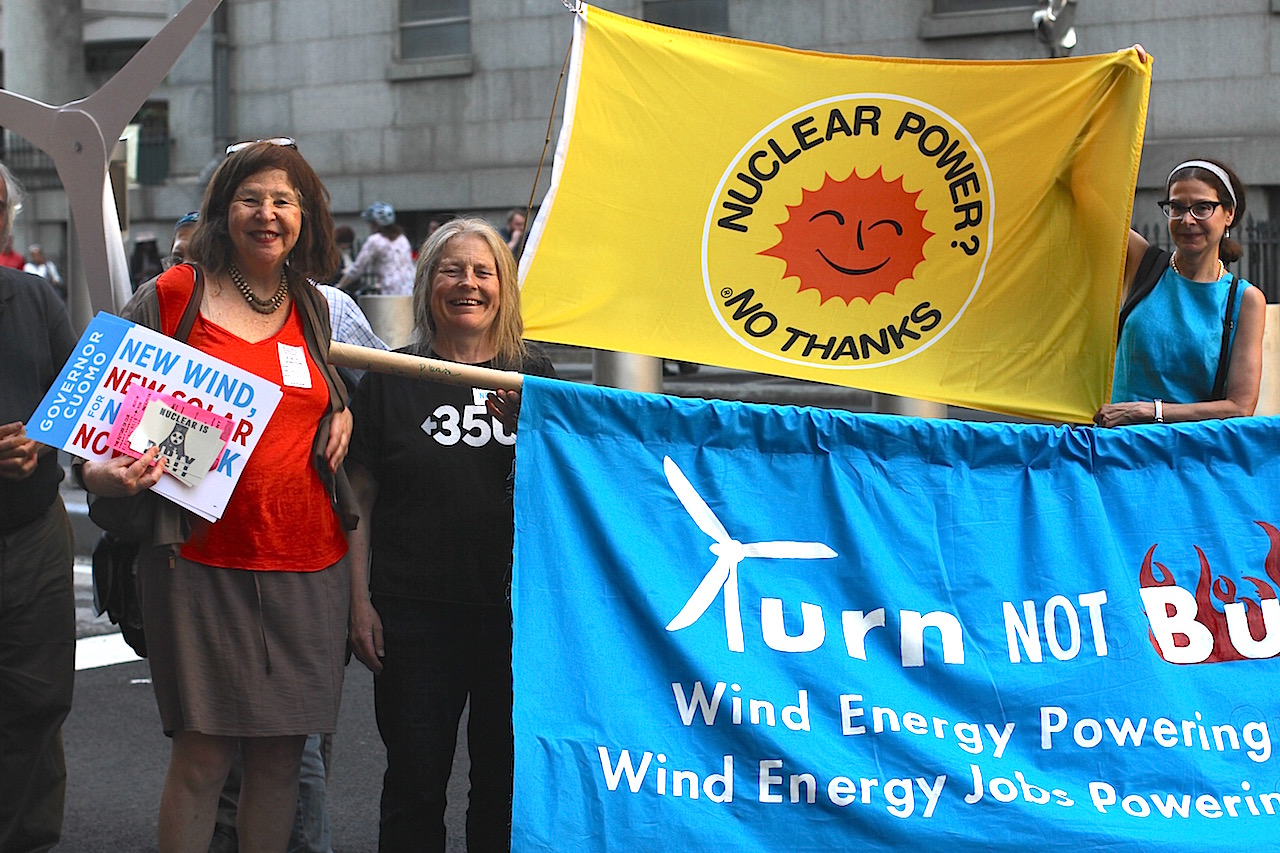
The F.O.E. suits claimed that the recent discovery at Indian Point 2 that a quarter of the nearly 1,000 Unit 2 “baffle-former” bolts are either missing or damaged “is a major failure that affects the safety” of the plant. The 2-inch bolts hold the assembly that surrounds the reactor’s uranium core and directs water flow. According to F.O.E., “Failure of these bolts could…[deprive] the core of necessary cooling water and potentially result in a meltdown.” A “meltdown” means that the nuclear fuel has partially melted and potentially released radiation into the environment.
However, Entergy, the company that owns Indian Point, has said that the plant is safe and is in the midst of hearings before the Atomic Safety Licensing Board aimed to extend their licenses for 20 years. Cuomo has said he wants to close Indian Point but wants to continue operating the James A. Fitzpatrick nuclear power plant near Upstate Oswego, N.Y. Entergy, though, plans to close Fitzpatrick this year. The dispute has contributed to the furor over the role of nuclear power, which currently supplies one-third of the state’s electricity.
On Tuesday, activists carrying white cardboard windmills, yellow and red antinuclear banners and demanding “clean energy” rallied outside City Hall to criticize the governor’s plan. They said Cuomo’s proposed scheme has no teeth and that the new Clean Energy Standard “won’t live up to its promises.”
In a statement, the environmentalists said the standards need to be “enforceable” and must “compel” utilities to buy energy from renewable sources. They also slammed the governor for failing to propose more wind power, such as offshore windmill farms.
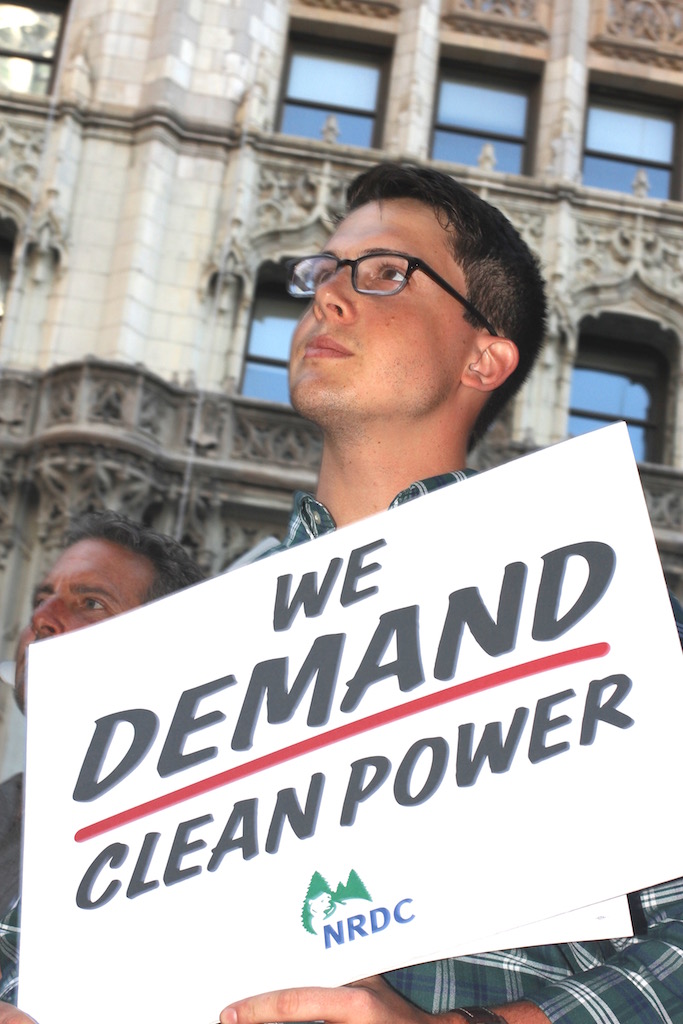
At a hearing earlier in the day before the City Council’s Committee on Environmental Protection, panelists discussed New York City’s commitment to solar power. Advocates called for city programs to encourage low-income New Yorkers to take advantage of solar power through lowered utility costs.
Currently, the city provides a property-tax abatement to benefit solar projects, which advocates want to see renewed and extended.
Meanwhile, Mayor Bill de Blasio has said he wants to reduce citywide greenhouse gas emissions to 80 percent below 2005 levels by 2050, by issuing a “Carbon Challenge” to city-based institutions to reduce their emissions.
The Fire Department of New York also shared its concern regarding firefighters’ safety when they respond to emergencies in buildings with rooftop solar installations that have been approved on a case-by-case basis.
Advocates say they want the city’s Department of Buildings to issue standardized guidelines for construction of solar facilities, so that first responders know what to expect when they arrive.











